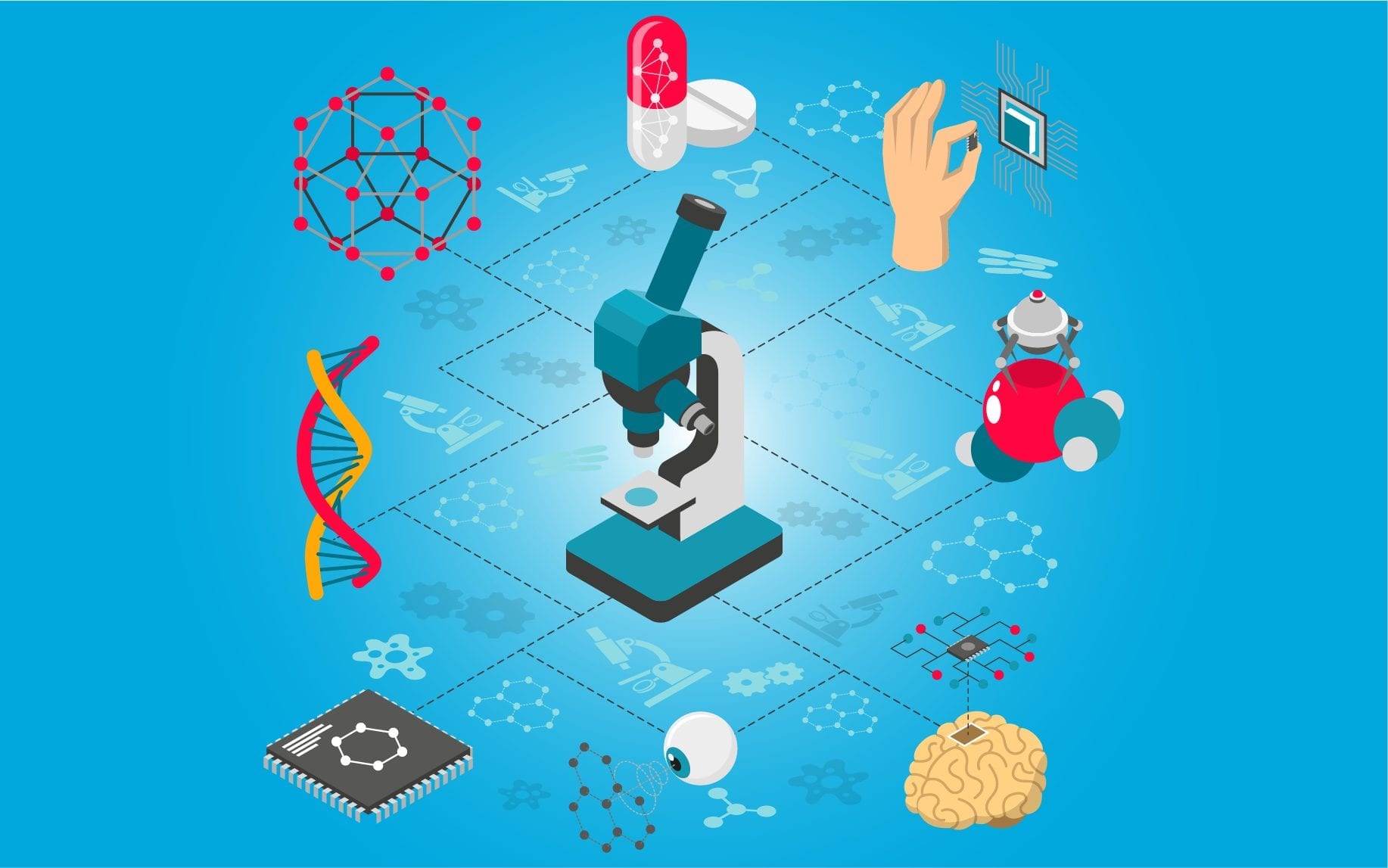Introduction:
Nanotechnology and materials science are two rapidly growing fields that have the potential to transform many aspects of modern life. Nanotechnology involves the manipulation of matter at the atomic and molecular scale, while materials science is the study of the properties and behavior of materials. Together, these fields have the potential to revolutionize fields such as medicine, electronics, and energy.
While there are many potential benefits of nanotechnology and materials science, there are also risks that must be considered. In this blog post, we will explore the benefits and risks of these fields and examine their impact on society and the environment.
Benefits of Nanotechnology and Materials Science:
Medicine: Nanotechnology has the potential to revolutionize medicine by allowing for targeted drug delivery and improved imaging techniques. For example, nanoparticles can be designed to specifically target cancer cells, reducing the side effects of chemotherapy.
Electronics: Nanotechnology has already had a significant impact on the electronics industry, allowing for the development of smaller and more powerful devices. Nanoscale components can also lead to more energy-efficient devices, reducing our overall energy consumption.
Energy: Materials science has the potential to revolutionize the way we generate and store energy. For example, new materials can be developed for more efficient solar panels, and advanced batteries can be developed for storing renewable energy.
Environment: Nanotechnology and materials science can also be used to develop more environmentally friendly products and processes. For example, nanotechnology can be used to develop water filtration systems and materials that can absorb pollutants from the environment.
Risks of Nanotechnology and Materials Science:
Health Risks: There are concerns about the potential health risks of exposure to nanoparticles. Studies have shown that some nanoparticles can enter the body through inhalation, ingestion, or skin contact, leading to potential toxicity.
Environmental Risks: There are also concerns about the environmental impact of nanotechnology and materials science. Nanoparticles can enter the environment through the air or water, potentially affecting ecosystems and wildlife.
Ethical Concerns: There are ethical concerns surrounding the use of nanotechnology and materials science, particularly in the field of medicine. There are concerns about the potential for these technologies to be used to create enhanced human beings or to perpetuate social inequalities.
Economic Disruptions: The widespread adoption of nanotechnology and materials science could disrupt existing industries, potentially leading to job losses and economic disruptions.
Conclusion:
In conclusion, nanotechnology and materials science have the potential to bring about significant benefits in fields such as medicine, electronics, energy, and the environment. However, as with any emerging technology, there are also potential risks that must be considered. It is important that these risks are carefully assessed and managed to ensure that the benefits of these technologies are maximized while minimizing any negative impacts on society and the environment. By taking a cautious and responsible approach to the development and use of these technologies, we can ensure that they are used to benefit society as a whole.


